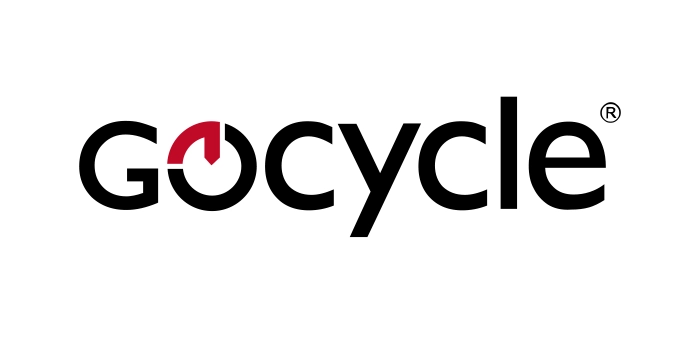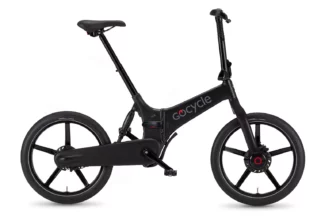Launched in 2009 by British motorsports engineer Richard Thorpe, Gocycle has cut a swathe through the electric bike industry ever since. From its very first generation of folding electric bikes, the Gocycle 1 series, it has won awards for its designs.
Currently, on the 4th generation, Gocycle e-bikes have a range of intricate features that are seen on few other machines of their kind. For example, what other bikes (traditional or otherwise) have silica-infused tires from the motorsport world to improve grip? Such tiny design features run throughout these bikes to make them like a piece of art that can take you around your city.
Other design elements currently being used in Gocycle’s e-bikes on the road today include daylight head and tail lights, magnesium alloy frames, and automatic transmissions. Combined, these all make for the most cutting-edge folding e-bikes on the market.
Our Review of Gocycle E-Bikes
Gocycles are a tech fiend’s wet dream of a machine. If you like cutting-edge design and features seen on almost no other bike, a Gocycle has to be your choice. Super lightweight, beautiful to look at, and packed with great features, these folding electric bikes are right at the forefront of electric bike design.
Though they cost up to $5,000 — a lot of money for any e-bike, let alone a folding one — if you have the funds to buy one, then we’d highly recommend it. You might even have it as an installation in your living room like some people do motorsport motorcycles!

